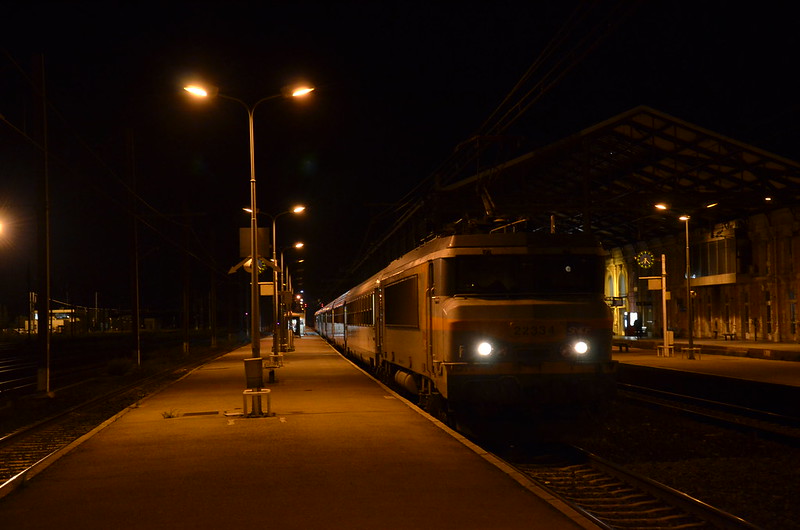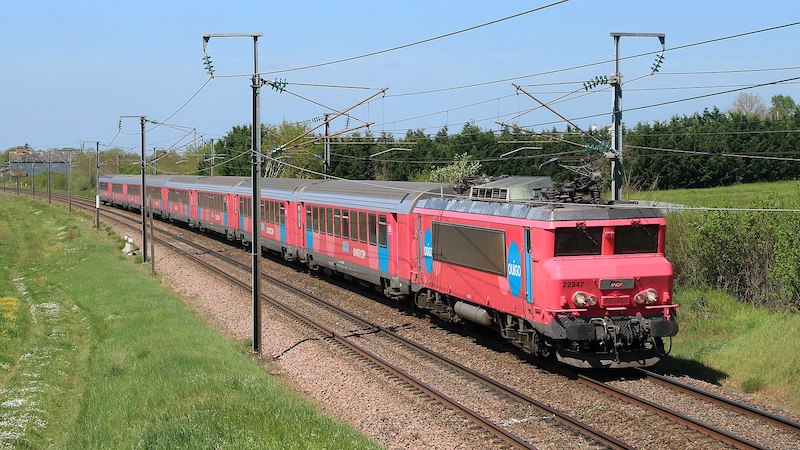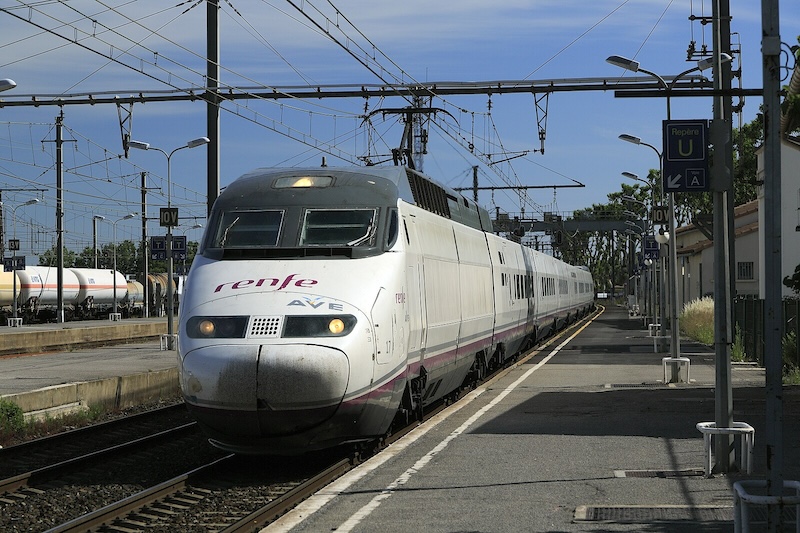2024 is set to be a big year for Paris. It’s hosting the Olympic Games for the first time in a century – and becoming only the second global city to host them for a third time. It’s also this year that the Notre Dame will reopen, five and a half years after its roof and spire went up in flames. 2023 was no small year either, with Paris most notably hosting many of the key games of the men’s Rugby World Cup.
A lot is happening here in the transport sphere, too. So as is customary at Fabric of Paris, let’s start the year with a look back at the transport news of 2023, and a look ahead to what we can expect in the coming year.
We’ll be breaking it down into three parts: long-distance trains, local public transport and private mobility. Today, we focus on changes to long-distance rail services from Paris.
New night trains
In December 2020, the state railways of France, Germany, Switzerland and Austria signed a landmark agreement to expand night trains across Europe. For Paris, this meant sleepers to Vienna from December 2021, and to Berlin from December 2023. The Nightjet service between Paris and Berlin duly launched last month. For now, it’s running three return journeys a week, much like its Viennese sister. But from next October, both trains will run every night in both directions.
Paris also saw the return of a domestic night service last month, to Aurillac in the mountainous Auvergne region of southern France, after a 20-year absence. This brings the number of Intercités de Nuit domestic sleeper trains to 8.

New high-speed service to Berlin
Originally touted for 2023, high-speed trains to Berlin have been pushed back to 2024. From December of this year, passengers between Paris and the German capital will be able to choose between a night train taking 14 hours and a direct TGV taking 7 hours. This is one hour quicker than the current fastest route, which involves a transfer at Frankfurt or Karlsruhe.
New low-cost trains
In last year’s new year retrospective, we looked at Ouigo Train Classique, a low-cost service operating with conventional (as opposed to high-speed) vehicles. This year, Bordeaux and Rennes will be added to the list of destinations. The journey from Paris to Bordeaux takes around two hours by TGV; with this new service, it will take approximately five. Rennes will require a four-hour journey, compared with one and a half by high-speed train. Tickets cost between €10 and €30.

The first international Ouigo Train Classique might also launch in 2024, although it’s possible this will have to wait for next year. It will operate from Paris to Brussels.
More competition for the SNCF
In January 2022, we reported how Italian national operator Trenitalia had begun operating on the French network, linking Paris with Milan via Lyon and Turin. This meant Italy’s Frecciarossa trains were in direct competition with the SNCF’s TGVs, particularly on the important Paris-Lyon segment. In 2024, another national operator will enter the fray: Spain’s Renfe. After its partnership with the SNCF came to an end in 2022, Renfe began operating trains in France in summer 2023, linking Lyon with Barcelona and Marseille with Madrid. From September 2024, they plan to extend as far as Paris. They will thus be entering into direct competition with their erstwhile partner for journeys between Paris and Barcelona, as well as the lucrative domestic route between Paris and Marseille. And they will be competing with both the SNCF and Trenitalia between Paris and Lyon.

Problems on the Milan route
About that Trenitalia service: a landslide in the French Alps last August blocked all services on the route used by both the SNCF’s TGVs and Trenitalia’s trains between Paris and Milan. Passenger to northern Italy have been having to travel via Switzerland – or by plane.
From tomorrow – 10 January – services will resume, but although passengers can buy through tickets, these include a replacement bus service in the mountains. The line isn’t set to reopen until the summer.
Train-ferry combination tickets to Ireland
Want to avoid flying to Ireland? New combination tickets will make that easier. Passengers will be able to buy through tickets all the way to Dublin and Cork and beyond, via the ferry ports of Cherbourg and Roscoff. Work has already been done to facilitate connections between the stations and the ferry terminals. Unfortunately, the connection has to be made by bus.

New cheap rail pass
Finally: this year could see the creation of a new rail pass, offering unlimited journeys on TER regional trains and Intercités services across the country. Modelled on Germany’s 49 € monthly Deutschlandticket, this would allow people to travel as much as they like around France, as long as they avoid high-speed services. Transport minister Clément Beaune has said he wants this in place by the summer. But not everyone believes it will happen, as it’s unclear where the money will come from. Personally, I’ll be very surprised if it’s valid during the Olympics.
Next time, we will look at what changed on the local transit network in 2023, and what we can expect for 2024. There’s a lot of news, so you won’t want to miss it. Subscribe to email updates below to make sure you don’t.
 Fabric of Paris
Fabric of Paris